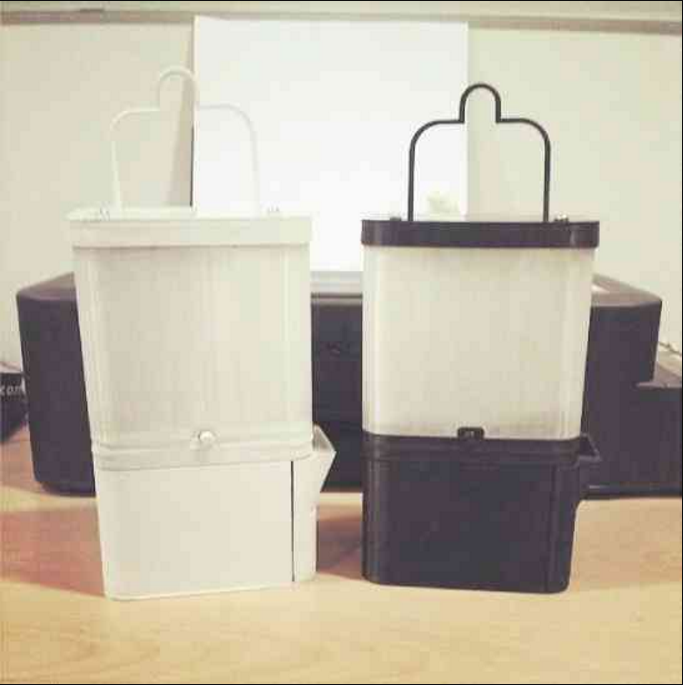It all started in 2010 when Filipina scientist Aisa Mijeno lived with the Butbut tribe in Northern Philippines. With no access to electricity, members of the community relied on kerosene lamps—both an environmental and health hazard.
Fast forward to 2017, Mijeno and her brother, Raphael, are now running a start-up called Sustainable Alternative Lighting (SALt). And they’re currently working with the private sector to mass produce the company’s debut product, the SALt lamp, a “sustainable and cost-effective ecologically designed lantern activated by saltwater” developed by Mijeno. According to SALt’s official website, SALt isn’t just a product, it’s a social movement.
Mijeno and SALt were thrown into the spotlight when she shared the stage with former US President Barack Obama and Alibaba founder Jack Ma at the 2015 Asia-Pacific Economic Cooperation (APEC) Summit.
The opportunity led to a number of proposals and partnerships that allowed Mijeno to expand SALt and fine-tune its debut product.
But before they reached their goal of bringing the technology closer to the masses, they were met with criticism. Last year, a report from the Philippine Daily Inquirer laid out the issues, challenges, and potentials of the SALt lamp. While the lamps were envisioned to help people who had no access to electricity especially in far-flung areas, a few concerns raised by electrochemical engineer Joey Ochon were:
- Technically speaking, SALt lamps are powered by a metal-air batteries that use saltwater as an electrolyte or “switch” to generate light
- These batteries corrode and should be replaced every six months, posing a fair question: Is the product still sustainable considering that it uses batteries made from metal ores? Ocon stresses that metal “is a limited resource” that “cannot be replenished by natural means”
- According to Ocon, the SALt lamp is a “fancy product” that cannot be used for everyday lighting. He suggests that it should only be used for emergencies since it is not as sustainable as other power sources like solar energy

But Mijeno was quick to say she never denied that SALt lamps run on metal-air batteries. The misunderstanding, she said, was a product of how media presented the product. Mijeno also explained that they plan on recycling the corroded batteries. Aside from making new batteries from the discarded ones, the recycling project could also provide employment opportunities.
“Our innovation is not restricted to lamps. This technology is scalable,” she explains on SALt’s website.
Mijeno is also very open about her ultimate dream for SALt: “My vision is to make seawater power plants that fuel islands in the Philippines and beyond.”
With the SALt lamp, Mijeno has been recognized here and abroad. The device has won awards from several organizations in Singapore, Japan, South Korea, and the Philippines.
While the SALt lamp was made with off-grid communities in mind, the product will also be sold commercially.
Read more:
This innovative device provides light with the help of gravity
Mark Wilson doesn’t believe in a signature style
Bambike takes green transportation to a new level with its use of sustainable material